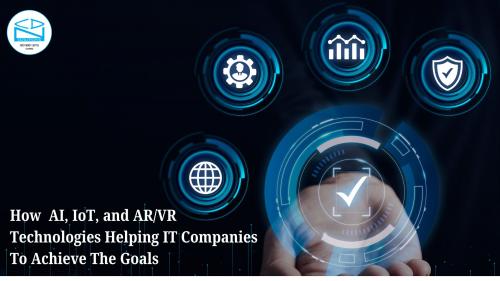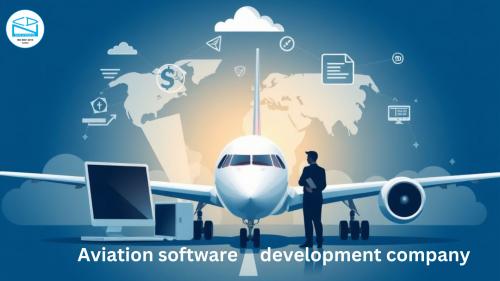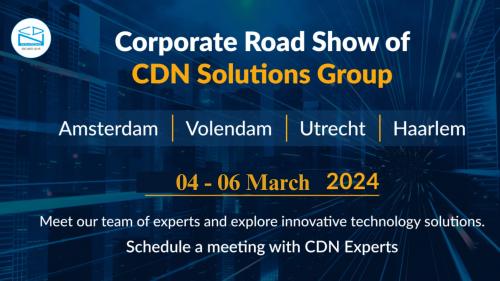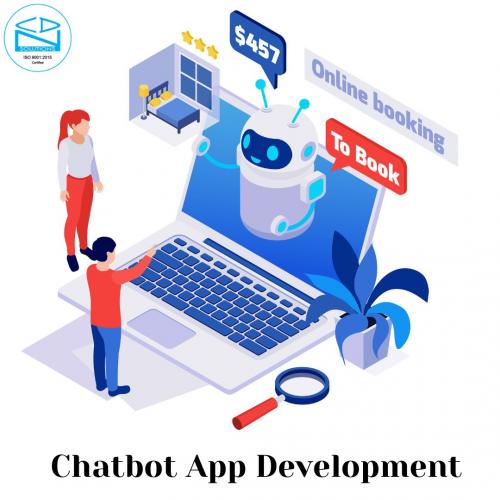How AI, IoT, and AR/VR Technologies Helping IT Companies To Achieve The Goals

In today's rapidly evolving world, IT companies constantly try innovative ways to stay ahead of the competition and achieve their business objectives. Some of the cutting-edge technologies that are transforming the IT industry are Artificial Intelligence (AI), the Internet of Things (IoT), and Augmented Reality/Virtual Reality (AR/VR). A study states that technologies like AI could help achieve 79% of the Sustainable Development Goals and IoT solutions can reduce greenhouse gas emissions by 16.5 percent by 2030.
Businesses increasingly leverage AI, IoT, and AR/VR, among other innovative technologies, to achieve their sustainability goals. From smart buildings that regulate energy use to AI algorithms that optimize resource allocation, sustainability technology examples are abundant and continually evolving.
In this blog we aim to describe how these cutting-edge technologies AI, IOT are shaping a more sustainable future, offering practical applications and results that are not only beneficial for the planet but also profitable for companies.
AI: Powering Intelligent Decision-Making
Artificial Intelligence is revolutionizing the way IT companies operate. By using the power of AI, companies and managers can automate repetitive tasks, enhance customer service, and make more informed decisions. AI-powered chatbots can provide 24/7 support to customers, while machine learning algorithms can analyze big sets of data to uncover valuable insights. This allows software companies to optimize their operations, improve productivity, and deliver better services to their clients.
IoT: Connecting the Dots for Seamless Integration
The Internet of Things (IoT) is transforming the IT industry by enabling seamless integration and data-driven decision-making. IoT devices, such as sensors and smart devices, can collect and transmit real-time data, providing IT companies with valuable insights into their operations, infrastructure, and customer behavior. By leveraging IoT, IT organizations can optimize resource utilization, automate processes, and enhance overall efficiency.
AR/VR: Immersive Experiences for Collaboration and Training
Augmented Reality (AR) and Virtual Reality (VR) technologies are revolutionizing the way IT companies approach collaboration, training, and app development. AR/VR can be used to create immersive training environments, allowing employees to learn new skills and procedures in a risk-free, simulated setting. Additionally, these technologies can facilitate remote collaboration, enabling geographically dispersed teams to work together seamlessly in a virtual workspace.
Challenges while implicating AI, IoT, and AR/VR Technologies To Achieve Their Goals
Challenges in Artificial Intelligence (AI)
AI systems require vast amounts of data to function effectively. The collection, storage, and processing of this data raise concerns about privacy and security. Its algorithms can inadvertently perpetuate biases present in the training data. This can lead to unfair or discriminatory outcomes, which can be particularly problematic in sensitive applications like hiring, lending, or mobile app development. Scalability issues can affect performance, reliability, and user satisfaction.
Challenges in the Internet of Things (IoT)
The IoT ecosystem consists of a wide variety of devices and platforms, often from different manufacturers. Ensuring that these disparate systems can communicate and work together seamlessly is a major challenge. These devices are often deployed in large numbers and are connected to critical networks, making them prime targets for cyberattacks. Securing these devices and the data they collect is crucial but challenging. Managing this data efficiently and deriving meaningful insights is a complex task. It relies heavily on network connectivity. Ensuring consistent and reliable network performance, especially in remote or challenging environments, is critical for the success of IoT deployments.
Challenges in Augmented/Virtual Reality (AR/VR)
Creating high-quality AR/VR experiences requires significant investment in hardware, software, and content creation. Despite advancements, AR/VR technology still faces limitations such as latency, resolution, and field of view. These technical limitations can impact the user experience and the overall effectiveness of the technology.
Integrating AR/VR solutions with existing IT infrastructure and workflows can be complex. Ensuring compatibility and seamless operation with current systems is essential for successful implementation.
CDN Solutions: Your Partner in Developing & Designing Sustainable Solutions
In today’s rapidly evolving landscape, companies are actively seeking technology for sustainability to contribute to global eco-friendly initiatives. So, Hire a developer or technical expert in IT technologies from CDN as your dedicated partner for developing sustainable solutions.
At CDN Software our team excels in delivering cutting-edge software development services that integrate advanced technologies like AI, IoT, and AR/VR to facilitate your business growth by providing a sustainable business model. We’ve successfully executed multiple projects that serve as impactful sustainability technology examples across various industries.
We have 24 years of expertise in developing IT Solutions that make sustainability not just an option but an integrated part of your business strategy. You can trust our IT consulting services to provide you with innovative, scalable, and, above all, sustainable technology solutions that drive both growth and responsibility.









Comments